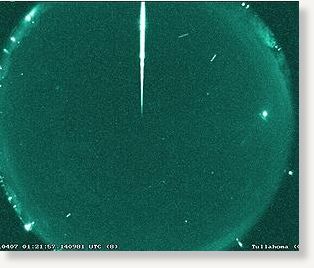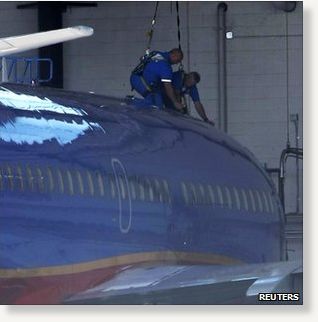
Mark your calendars for an impressive and upcoming flyby of an asteroid that's one of the larger potentially perilous space rocks in the heavens - in terms of smacking the Earth in the future.
It's the case of asteroid 2005 YU55, a round mini-world that is about 1,300 feet in diameter. In early November, this asteroid will approach Earth within a scant 0.85 lunar distances.
Due the object's size and whisking by so close to Earth, an extensive campaign of radar, visual and infrared observations are being planned.
Asteroid 2005 YU55 was discovered by Spacewatch at the University of Arizona, Tucson's Lunar and Planetary Laboratory on Dec. 28, 2005. En route and headed our way, the cosmic wanderer is another reminder about life here on our sitting duck of a planet.








Comment: The reader may be interested in Planet-X, Comets and Earth Changes by J.M. McCanney.